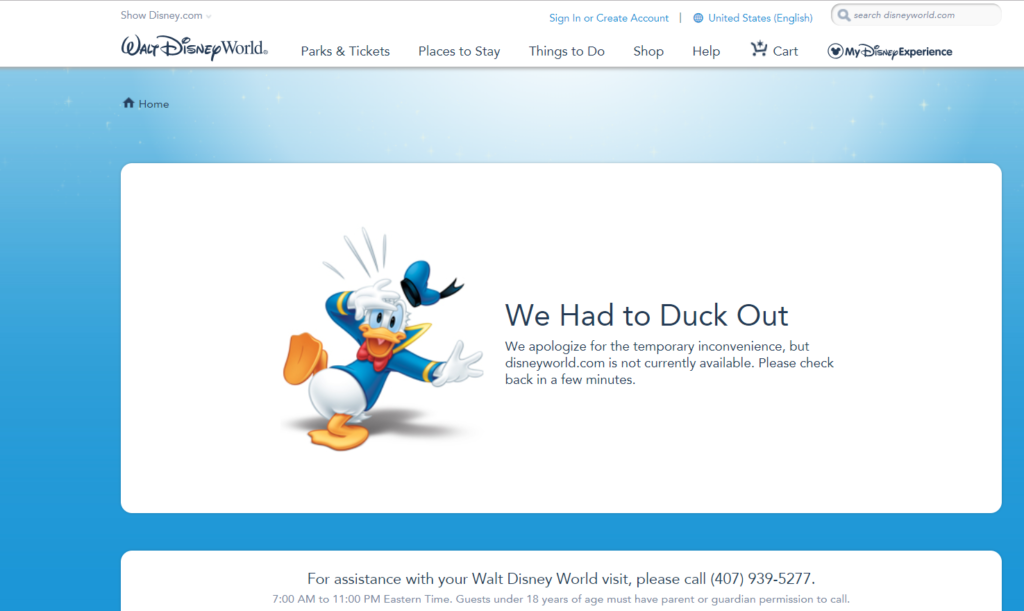Yesterday, November 18 2020, was Mickey Mouse’s 92nd birthday. You may have seen it on your local news; I saw it mentioned on my local ABC station (ABC is owned by Disney).
Here’s a screenshot of a news-anchor from my local ABC affiliate commenting on Mickey’s birthday:

Unfortunately for Disney, Mickey’s 92nd birthday was not a major topic of conversation on Twitter and other social media locations. You may have seen another story about Disney bubble up yesterday, and this story is much less flattering to Disney: SFWA – #DisneyMustPay Alan Dean Foster. In short, Disney is accused of not paying royalties to Alan Dean Foster, who wrote a number of Star Wars and Aliens novels that Disney acquired the rights to when it purchased LucasFilm and Fox.
This story (and the hashtag #disneymustpay) was a trending item on Twitter for most of yesterday; this tweet summarizes the situation very well:

I’m not here to litigate which side is correct, but I did want to point out the beauty of how this story was marketed: it was set up as counterprogramming against the story of Mickey Mouse’s 92nd birthday.
Yesterday’s news started with Mickey Mouse’s 92nd birthday on the news cycle: that “primed the pump” for more Disney related stories. By publishing the article #DisneyMustPay Alan Dean Foster on the same day, the article received much bigger growth and coverage than it would have if published on any other day. It inflicted reputational damage on Disney (which hurts more because Disney is a consumer-focused company) and cost Disney the chance to use Mickey’s 92nd birthday to drive more sales (because on November 18th consumers were thinking of Alan’s story, not Mickey Mouse). All in all, the SFWA managed to get Disney’s attention in a big way, and I’m sure Alan’s story is now being considered in the executive level of Disney’s management.
This case is a great example for any guerilla marketing campaigns: set up your marketing as counterprogramming to a bigger rival’s work; you’ll get far more reach out of your campaigns and your rival’s marketing will be much less successful.



